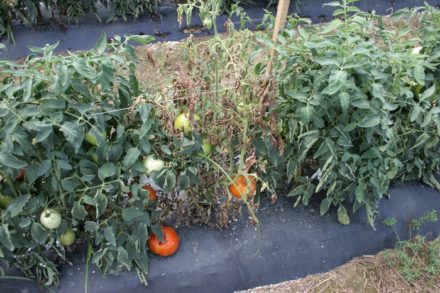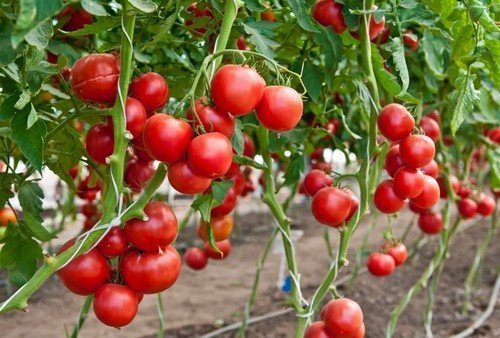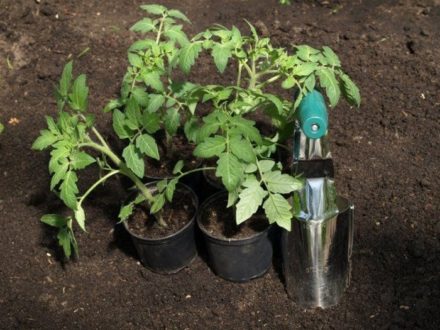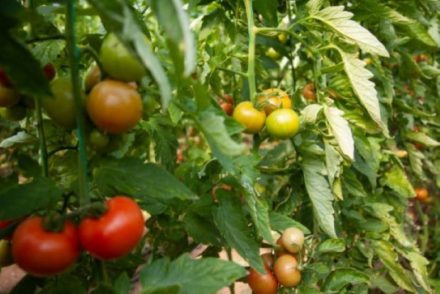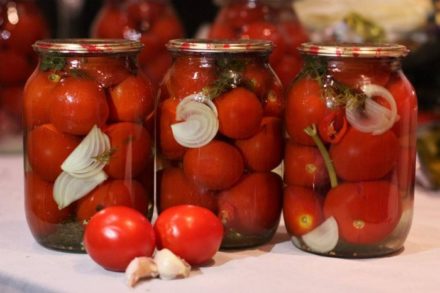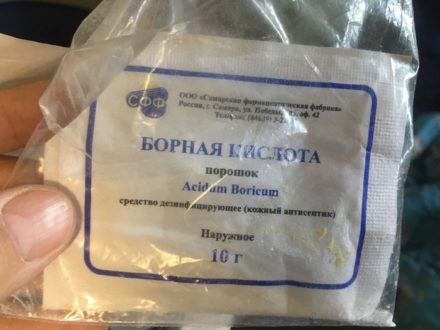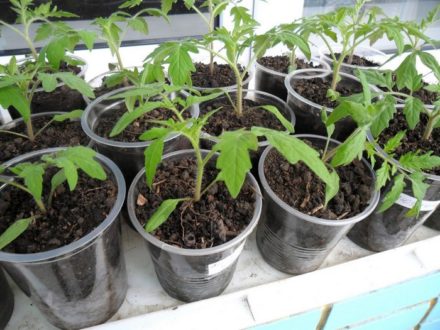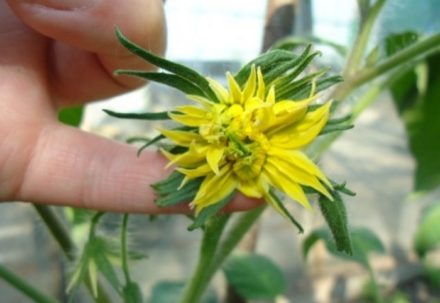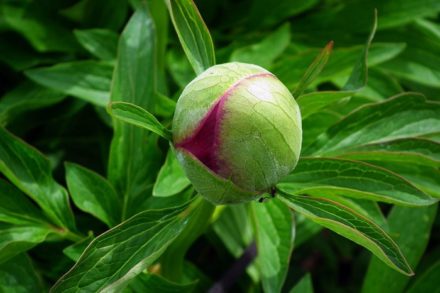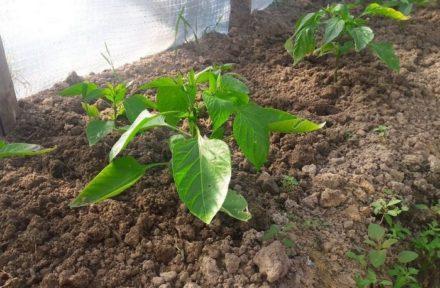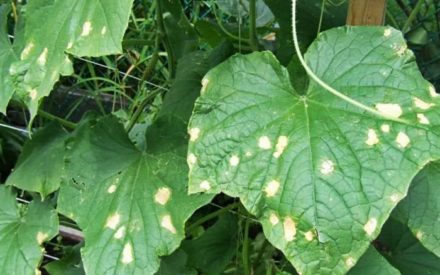To form a tomato bush, a technique called step-sonning is used, but this event will only be beneficial if done skillfully. Inexperienced gardeners make the same mistakes when removing step-sons. As a result, the bush may stop growing, get sick, or produce a meager harvest. The following 7 mistakes can be called typical, which are often repeated by gardeners.
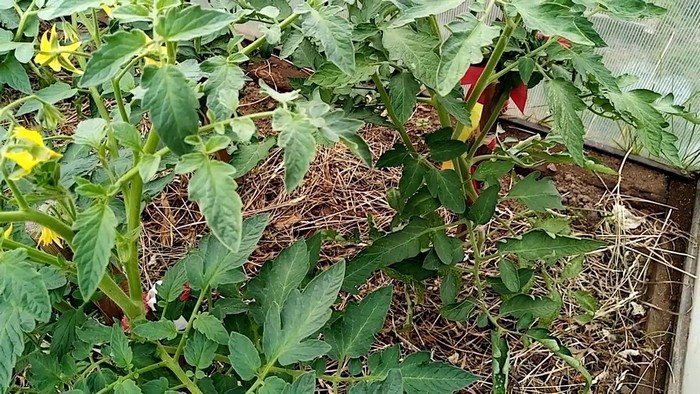
Violation of the timing of step-sonning
Not all varieties of tomatoes are in dire need of step-sonning. For example, many open-ground tomatoes are of the determinate type, which indicates their limited growth. Such bushes do not have a large number of shoots. The crown of low-growing varieties is formed without human intervention, it can only be slightly corrected. Tall varieties are another matter. For them, side shoots are necessary.
Side shoots growing from leaf axils are called side shoots. Their timely removal will help increase the volume of the tomato crop. Unnecessary shoots begin to appear on plants during flowering. You cannot let them grow too much. Otherwise, the side shoots will draw off the nutrition necessary for the formation of flowering brushes and ovaries. As soon as the side shoots reach a length of 4-5 cm, they must be cut off.
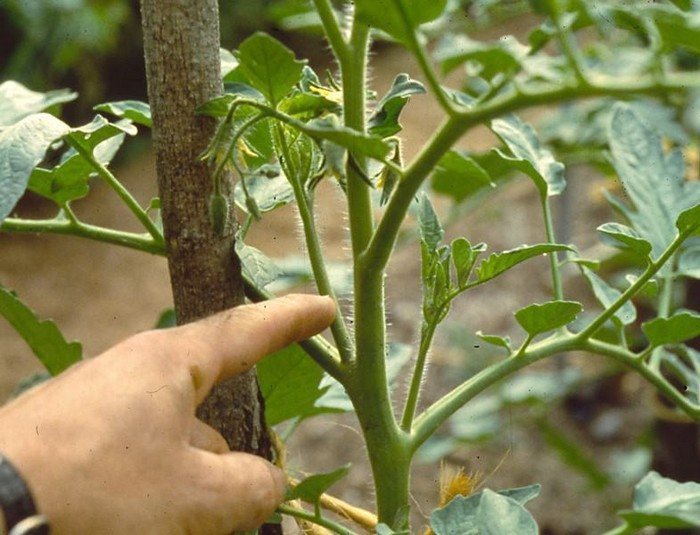
Carrying out the procedure at the wrong time
Tall varieties of tomatoes are usually grown in a greenhouse, where there is intense heat during the daytime hours. Plants have to withstand overheated air, and if at this moment you trim unnecessary shoots, the tomatoes will become stressed. You should not trim the stepsons in the evening.
It is necessary that the tomatoes have time to heal their wounds before nightfall. It is better to start manipulation in warm weather in the morning, after ventilating the greenhouse to remove excess moisture. Within a day, the sections will dry out, and the infection will no longer be able to penetrate them.
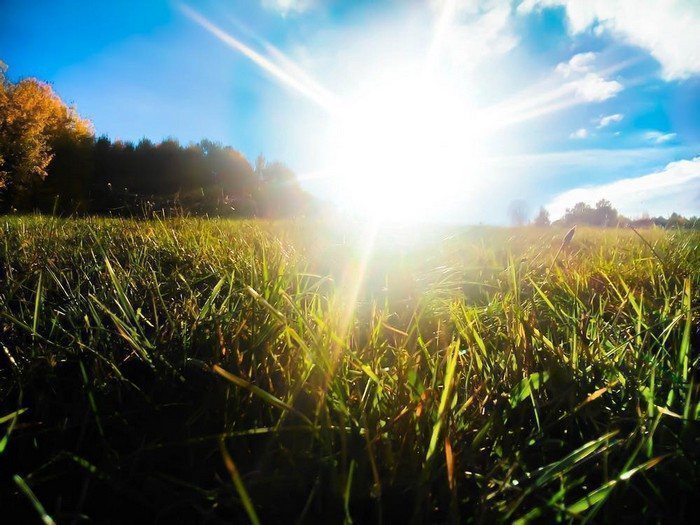
Using a non-sterile instrument
Stepping can be compared to performing a surgical operation. An instrument intended for this purpose must be disinfected. Experienced gardeners can break out shoots with their hands, squeezing them with a fingernail, but this method is not recommended for beginners. It is better to use sharpened pruners or scissors.
The cutting blades of the instrument are disinfected with any alcohol-containing liquid, potassium permanganate solution, or Chlorhexidine. During operation, the blade is periodically wiped again with a disinfectant composition so as not to spread the infection, since any of the plants may be at the initial stage of a disease that occurs hidden.
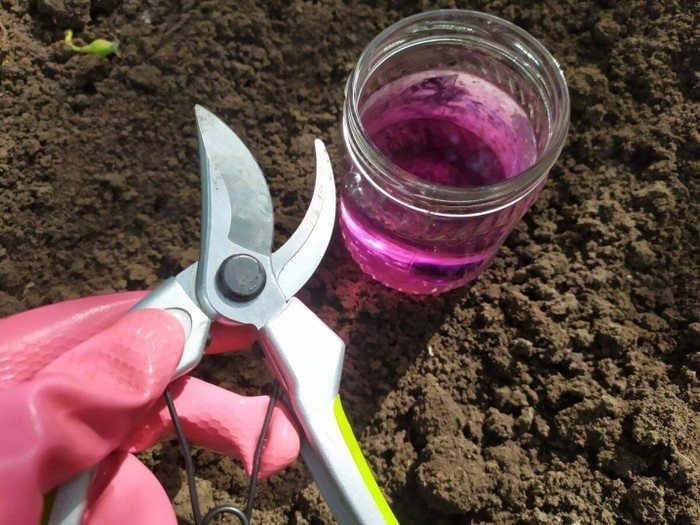
Incorrect pruning
You cannot remove stepchildren at random. You should definitely leave a tail about 2 cm long. With this approach, the formation of new axillary shoots will slow down. If you cut off the shoot at the root, a stepson will quickly appear in its place again, which will make stepsoning less effective.
If the axillary shoots are overgrown, the bush will waste its nutrition, and the cuts in this case will be larger in diameter, which will increase the risk of infection. If pinching is planned, you need to water the tomatoes in advance; it is not advisable to do this after the procedure.
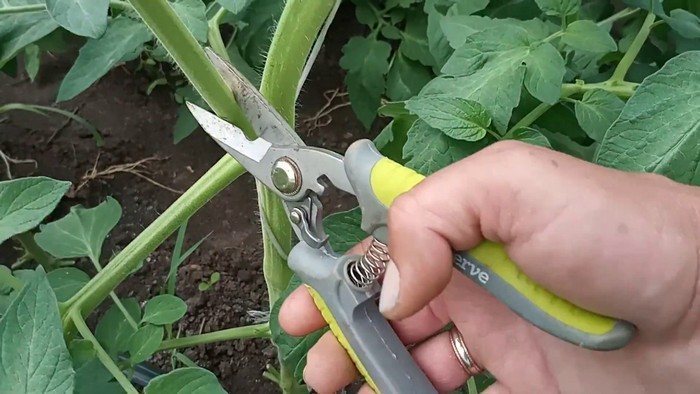
Removing all axillary shoots on determinate varieties
Sometimes gardeners unknowingly remove fruit-bearing shoots instead of shoots, which ultimately leads to a drop in yield. Mostly, pinching errors are made when growing compact tomatoes in open ground. If you cut off all the axillary shoots on such tomatoes, the bush will stop growing.
For low-growing tomatoes, the shape of the crown is only slightly adjusted, preventing it from becoming excessively thick. On determinate varieties, be sure to leave the stepson that grew under the first flower cluster; this will be a continuation shoot. In the future, axillary shoots that have grown under the fruiting branch are periodically left again, so that the branches replace each other and the bush continues to bear fruit.
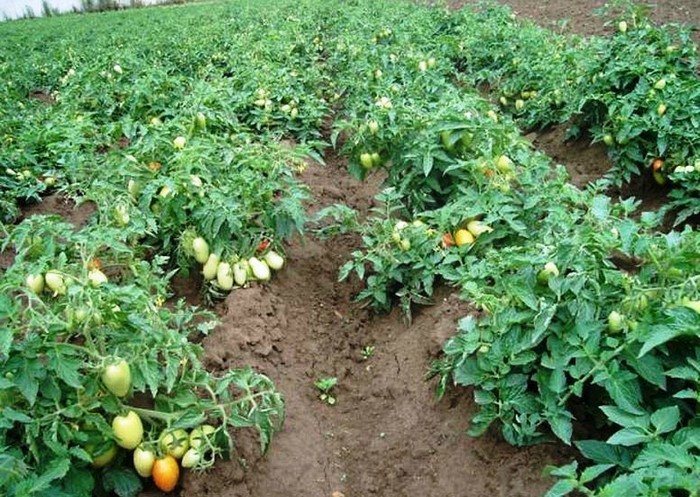
Irregular stepsoning
The procedure will have little meaning if done once. It is necessary to monitor the condition of the bush and promptly remove growing stepsons so that the tomato devotes all its strength to the formation of the harvest. Axillary shoots are cut off every 10-15 days. Without this, the tomato will turn into a whole tree, but you won’t be able to get fruit from it.
Indeed, according to their biological characteristics, tomatoes are perennial crops. First, they develop green mass, and then the harvest begins to ripen.In the Russian climate, the plant does not have enough time for this. This is why the practice of removing stepchildren exists.
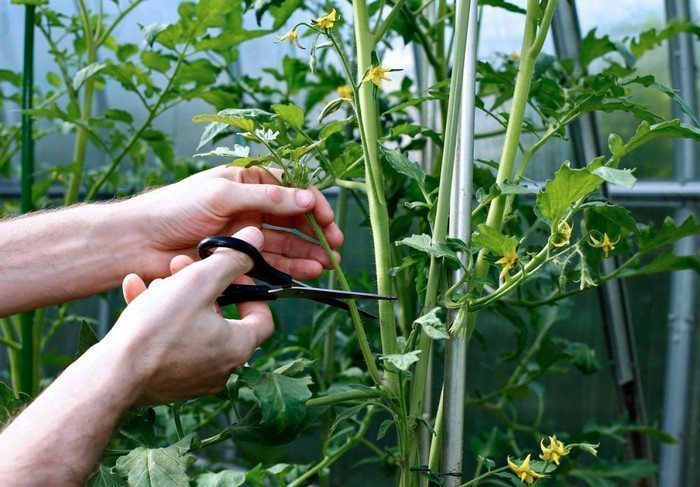
Refusal from pinching standard varieties
Manufacturers of standard tomato seeds claim that such varieties do not require pinching. However, this is not quite true. Unnecessary axillary shoots also appear on the bushes, but this happens later than usual.
The first stepsons, 4-5 in number, are left on the plant; it is from them that the round, dense crown of the bush will be formed. Those processes that appear higher require removal. Their growth and development occurs to the detriment of fruiting. As soon as the stepsons become 3-4 cm long, they are immediately cut out.
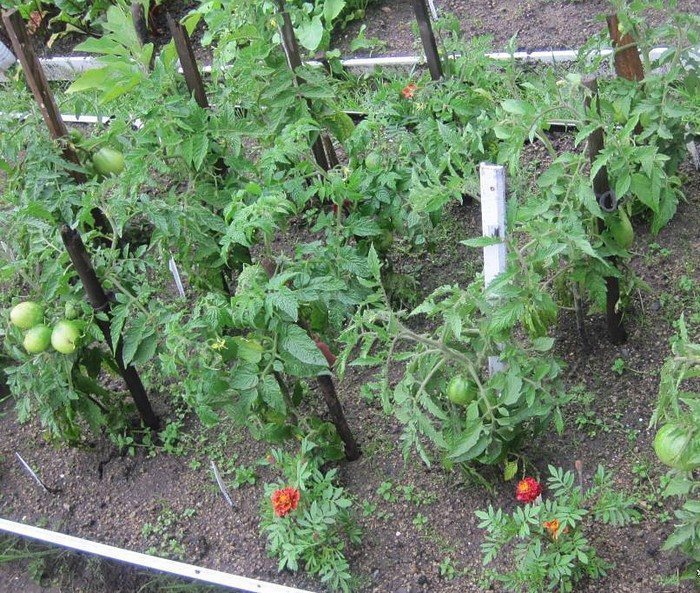
To assess the need for stepsoning, it is necessary to take into account the peculiarities of cultural development. Tomatoes cannot grow thick green mass and at the same time produce a bountiful harvest. The procedure must be done regularly in the morning, taking into account the varietal characteristics of the tomato.


